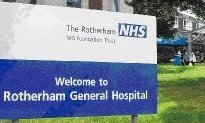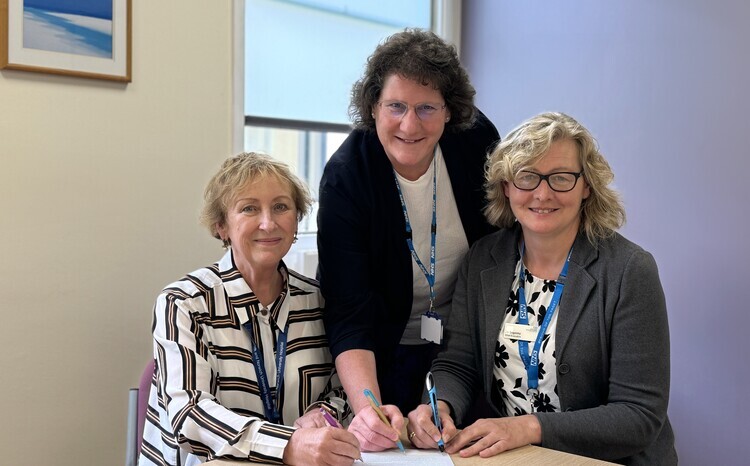Coding first for Rotherham
- 13 November 2013

The Rotherham NHS Foundation Trust is using SNOMED Clinical Terms to record patients’ diagnoses and procedures.
The trust has also developed a clinical coding model, which it believes makes it the first in the world to automate outpatient coding in real time.
The model is a blue print, which was achieved by mapping the clinical information entered by clinicians at the point of care, to the national statutory coding systems ICD-10 and OPCS-4. Mapped data then forms part of the commissioning datasets and is sent for reporting.
Leilei Zhu, the trust’s clinical information development manager, said the clinical coding model demonstrates that “nothing is impossible.”
“The implementation has also demonstrated that the more automated the process is, the greater the requirement for increased data quality controls at the data entry level rather than the output level,” said Zhu.
“This is also a major change towards the data quality process and is a good example of how the coders’ roles and responsibilities have to change as a result of modern technology. We also want to demonstrate that the quality of clinical information and financial flows should and need to integrate as a whole system.”
The trust has had a troubled implementation of its Meditech electronic patient record system.
The Department of Health’s adoption of SNOMED CT terminology was previously sited as one of the reasons for the delay in the go-live as the trust wanted to make sure its Meditech system was “SNOMED CT ready”.
However, the trust’s draft 2014-17 informatics strategy, presented to the board last month, says that lack of clinical engagement was the main reason for on-going issues.
“Clinical acceptance of the Meditech product has been fraught with difficulty, due to the nature of the implementation and because clinicians’ views and ideas were not reflected in the development and design of the product,” it says.
Zhu recognised that there had been some issues with the system, but said it has given clinicians the opportunity to take control of their data and its quality.
“Following the implementation, the automation process did flag up some national issues, such as cross mapping and HRG designs. It also flags up local issues such as inaccurate planning for the activities to be undertaken by the trust. However to resolve those issues, we worked with the supplier to create additional functionalities, allowing us to verify these errors quickly,” said Zhu.
“We also want to demonstrate that the quality of clinical information and financial flows should and need to integrate as a whole system. The message to the trust has always been to ensure that the accurate clinical data comes first; allowing payment to flow as a by-product.
The trust intends to roll-out this model to day case and inpatients, which will be made possible with future EPR developments.
University Hospitals of Morecambe Bay NHS Foundation Trust has been using SNOMED CT to record diagnoses and procedures for three years.




